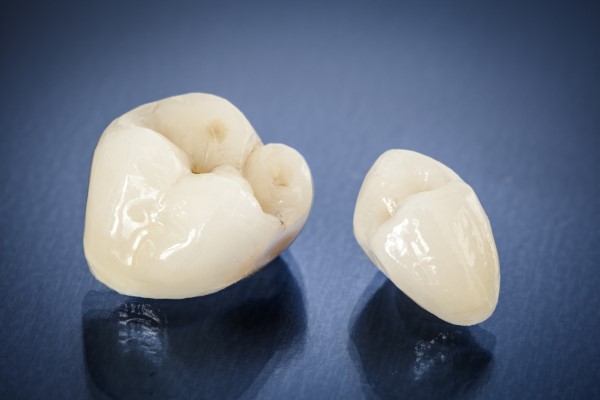What To Know When Getting a Tooth Extraction
It may be frightening and nerve-wracking to be faced with the prospect of tooth . Read on to learn more about this procedure. Unknown to many, tooth extraction is a common dental procedure, and knowing the process involved can help ease one's fear.
The need for tooth extraction
A filling, crown, or other dental treatment is typically used to restore teeth that have been fractured or damaged. However, if the damage is too severe to be repaired, a dentist may suggest extracting the tooth. Other reasons for a tooth extraction include:
- Decay or infection that has affected the tooth's core and roots
- Injury or trauma
- Overcrowding
- Preliminary procedure for orthodontic treatment
- Baby teeth that fail to come out when due
- Problems with wisdom teeth
Preparing for a tooth extraction
Before tooth extraction, the dentist will go over the patient's medical and dental history and take the necessary x-rays. The x-ray will show the length, form, and location of the tooth and surrounding bone. The dentist may use this information to decide the tooth extraction method, which can be either simple or surgical.
The dentist will administer a local anesthetic to numb the tooth's region before proceeding with the extraction. The dentist may also use intravenous (IV) anesthesia, which may vary from conscious sedation to general anesthetic, during a more complex extraction, known as a surgical tooth extraction. In this situation, patients need to make arrangements for transport home after the operation and have someone watch them until the effects of the anesthetic have worn off.
The tooth extraction process
A simple extraction is done when the tooth is above the gum and visible. The dentist will numb the tooth and gum tissue and loosen it using an elevator before extracting it with dental forceps.
A surgical extraction is a more complicated procedure for removing a tooth that breaks at the gum line or has not yet erupted. The dental professional will make a tiny incision on the gum and remove the underlying tooth during a surgical extraction.
Following the extraction
After tooth extraction, an essential thing to remember is to keep the area clean and free of infection. Following the treatment, the dentist will provide specific aftercare recommendations. Still, during the first 24 hours after the extraction, patients should avoid smoking, aggressively rinsing the mouth, or brushing around the extraction area.
Some pain and discomfort may occur after the procedure. In certain instances, the dentist may suggest or prescribe a pain reliever. Applying an ice pack to the cheek may help to decrease swelling. Limit vigorous exercise, stay away from hot drinks, and do not drink via a straw. Normally, discomfort should subside within three days to two weeks. If you have persistent or severe pain, swelling, bleeding, or a fever, contact your dental professional at once.
The bottom line
Whether you have undergone the procedure before or this is your first time, the best way to ensure a successful and pain-free operation is to carefully follow your dentist's instructions before and after the procedure. Tooth extraction can help you maintain a healthy, confident smile.
Request an appointment here: https://lonetreedentistry.com or call Lone Tree Dentistry at (925) 301-4286 for an appointment in our Brentwood office.
Check out what others are saying about our dental services on Yelp: .
Recent Posts
Tooth extraction may seem like a scary or daunting procedure, but it’s safe with few potentials for complications. We’re going to go through all the major steps to help put your mind at ease and make you more comfortable about any upcoming procedures.First, the dentist will administer an anesthetic. They may use a local anesthetic…
A wisdom tooth extraction is necessary if the wisdom teeth are causing problems with the patient’s oral health, function or the ability to correct their teeth alignment. Some dentists may recommend wisdom tooth extraction as a precautionary treatment to ensure that the wisdom teeth do not cause issues in the future.The most notable times when…
Wondering if wisdom tooth extractions are in your near future? If you feel like your wisdom teeth are not growing in properly, then there is a good possibility that an experienced dentist will need to pull the tooth. Everyone is different, which means that some people have no problem at all when their wisdom teeth…
Wondering when you should see an emergency dentist? Emergency dentists are general dentists who have undergone additional training to be prepared for urgent dental issues. Some of the more common emergent issues include broken teeth, dislodged teeth, abscesses or bleeding gums. An emergency dentist is the best resource to make use of when the gums…


